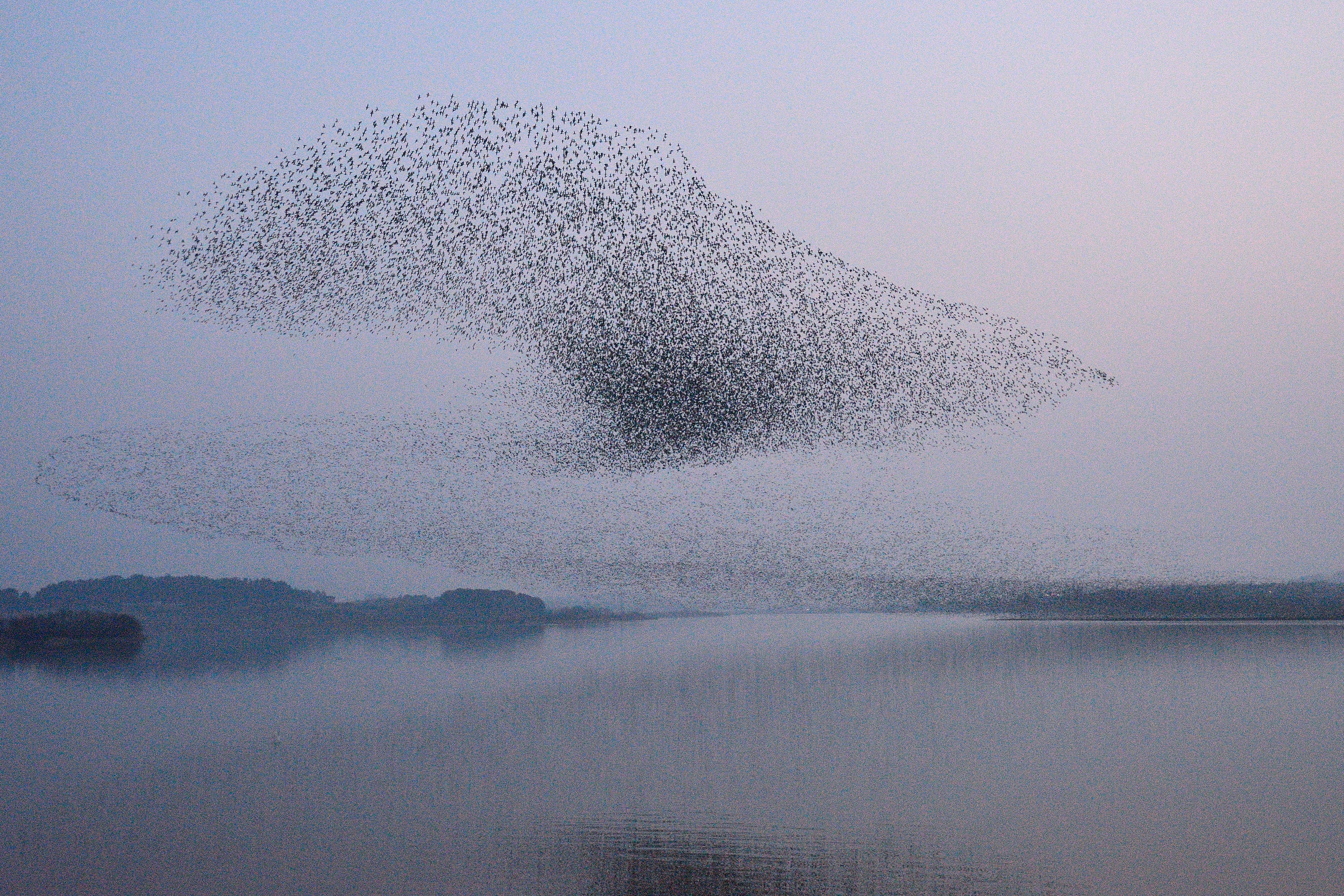
BIRDS living in a “Goldilocks” habitat where conditions are neither too harsh nor too comfortable have the best chance of adapting to global warming, research has shown.
The study looked at the ability of 12 European bird species to evolve and survive as the climate around them changed.
Scientists found that pampered populations living in the most favourable surroundings, usually at the centre of their species range, had poor “evolutionary potential”.
The same was true of species struggling to cope with the toughest conditions right at the edge of their range.
Birds that stood the best chance of adjusting to climate change lived between the two extremes.
Here, like the porridge enjoyed by Goldilocks that was neither too hot nor too cold but “just right”, conditions were ideal for evolutionary change.
Dr Regan Early, from the University of Exeter’s Penryn campus in Cornwall, said: “We were surprised to find reduced evolutionary potential among birds living in the centre of a species’ range.
“The reasons for this are not clear, but high levels of competition in prime areas might lead birds with certain traits to survive – meaning little genetic variety in the population and consequently little scope for evolution.”
Spanish lead author Dr Jesus Martinez-Padilla, from the University of Oviedo, said birds already struggling to survive at the edge of their species range would probably be killed off by climate change unless they moved.
“This is what might happen to populations of the Pied Flycatcher in southern Europe,” he said.
“These populations have little genetic variation compared to northern populations, so they won’t be able to adapt to a changing climate.
“The birds living in places (with) neither the best nor the most hostile environmental conditions appear to have the best evolutionary potential.”
The research is published in the journal Proceedings of the Royal Society B.

Enjoy the convenience of having The Sunday Post delivered as a digital ePaper straight to your smartphone, tablet or computer.
Subscribe for only £5.49 a month and enjoy all the benefits of the printed paper as a digital replica.
Subscribe